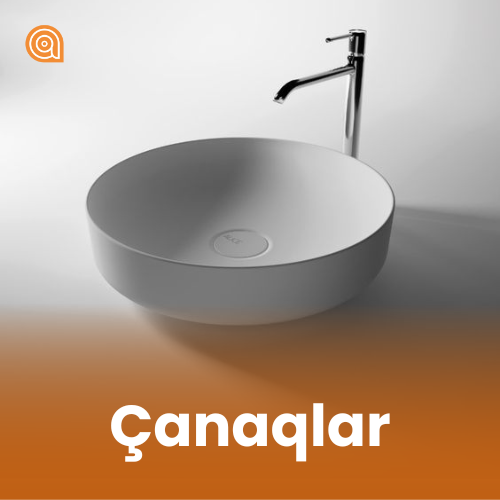Bowls

What Are Bowls?
Bowls are special vessels and containers used in the bath or bathroom. These bowls are usually designed to hold or use water or other liquids. They are used for washing with water, washing hands and performing other personal hygiene procedures. Bathroom sinks can be made from a variety of materials, such as plastic, metal, or ceramic, and are sometimes used for decorative purposes.
History of bowls
The use of bowls since ancient times
The history of bowls goes back thousands of years. The first bowls were made from natural materials such as clay and stone and were used for various purposes by ancient cultures. In those days, bowls were mainly used for storing water, cooking and storing food.
The development of bowls in modern times
In modern times, with the development of technology and industry, the production and design of bowls has also changed a lot. Bowls are made from various materials, from ceramic to metal, from plastic to glass, and come with more aesthetically attractive designs.
Bowl types
1.Granite bowls
Granite bowls are sturdy and durable bowls made of granite material. These bowls are usually used in the kitchen or bathroom, and their main feature is that they are durable and highly resistant to scratches, heat, and water. Granite countertops are both aesthetically pleasing, durable and easy to clean. Granite bowls produced in various colors and designs can suit both classic and modern interiors.
2. Stainless Steel Bowls
Stainless steel bowls are a widely used type of bowl for the kitchen and bathroom made of stainless steel. They have high durability, corrosion resistance and long service life. Stainless steel pans are often used in kitchens for food preparation and storage as they are both hygienic and easy to clean. They are also resistant to scratches, heat and chemicals.
As these bowls have a minimalist and modern look, they are both aesthetically appealing and can be adapted to various designs.
3.Metal Bowls
Metal bowls are types of bowls made of various metal materials, such as steel, aluminum or copper. These bowls are usually widely used in kitchen and other household work. The advantages of metal bowls include high durability, heat resistance and long-term use. They conduct heat well, which is especially useful in the process of cooking or frying.
Metal bowls are also an easy-to-clean, more bacteria-resistant and hygienic option. They are available in various sizes and shapes and provide a modern look while increasing the functionality of kitchens.
Bowl cleaning and maintenance
Cleaning and maintenance of bowls is important to prolong their life and maintain their hygiene. Cleaning bowls made of different materials requires special attention:
Granite bowls:
- It should be washed with mild soap and water.
- Avoid harsh chemicals or cleaners that can cause scratching.
- Drying granite bowls after each use prevents stains.
Stainless steel bowls:
- Use warm water and mild detergents.
- Hard sponges should be avoided to prevent scratches.
- Special stainless steel cleaners can be used from time to time to maintain its shine.
Metal bowls:
- Hand washing is recommended as dishwashers can stain the metal surface.
- It is possible to preserve the shine of the metal by using vinegar or lemon juice.
- Rubbing with yogurt or table salt can also remove stains from metal pans.
Frequently asked questions about bowls
Do metal bowls rust?
- Metal bowls made of materials such as stainless steel or aluminum do not rust, but drying them well and storing them properly minimizes the risk of rust.
What is the environmental impact of bowls?
- Metal, glass and ceramic bowls are more environmentally friendly than plastic bowls because they are reusable. Single-use plastic bowls can harm the environment, so it is better to choose reusable bowls.
Which type of bowl is more suitable for the kitchen?
- Ceramic and metal bowls are more suitable for the kitchen because they are heat resistant and long lasting. Metal bowls are mostly used for cooking and mixing, while ceramic bowls can be ideal for storing and serving food.
What is the best method for storing bowls?
- When storing bowls, it is recommended not to stack them on top of each other, as this may cause scratches and damage. Ceramic and glass bowls should be stored especially carefully. Metal bowls are relatively sturdy and can be stored more easily.
How does the design of the dishes affect the kitchen interior?
- The design of the dishes plays a big role in the kitchen interior. Bowls with a minimalist, modern or classic design add a special aesthetic to the kitchen. Properly selected dishes complement the overall look of the kitchen and create visual appeal.
